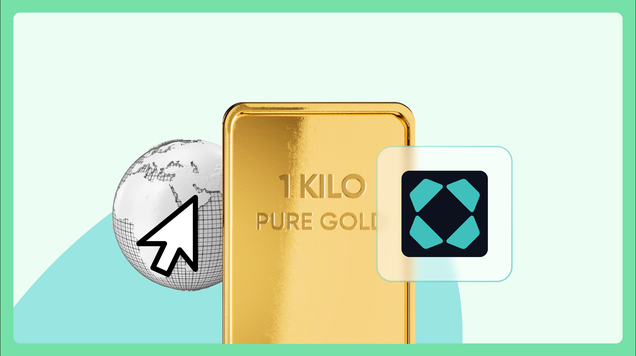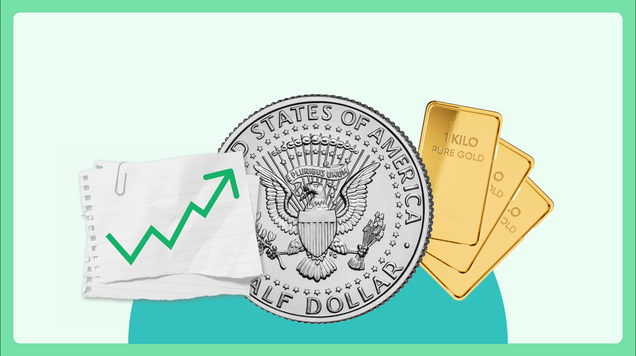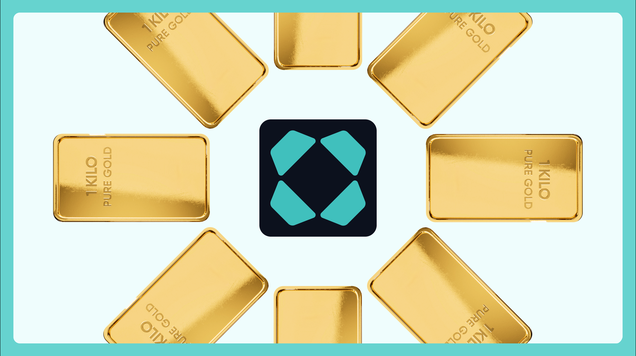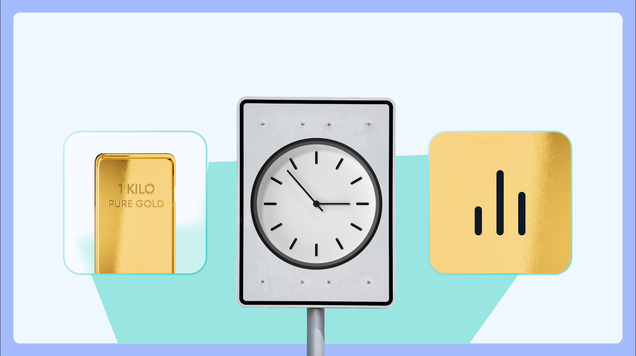How liquid is physical gold?
Gold is known for its stability and liquidity, but how does physical gold compare to other gold forms like derivatives and ETFs? In this article, we look at the liquidity of physical gold and how it’s traded.
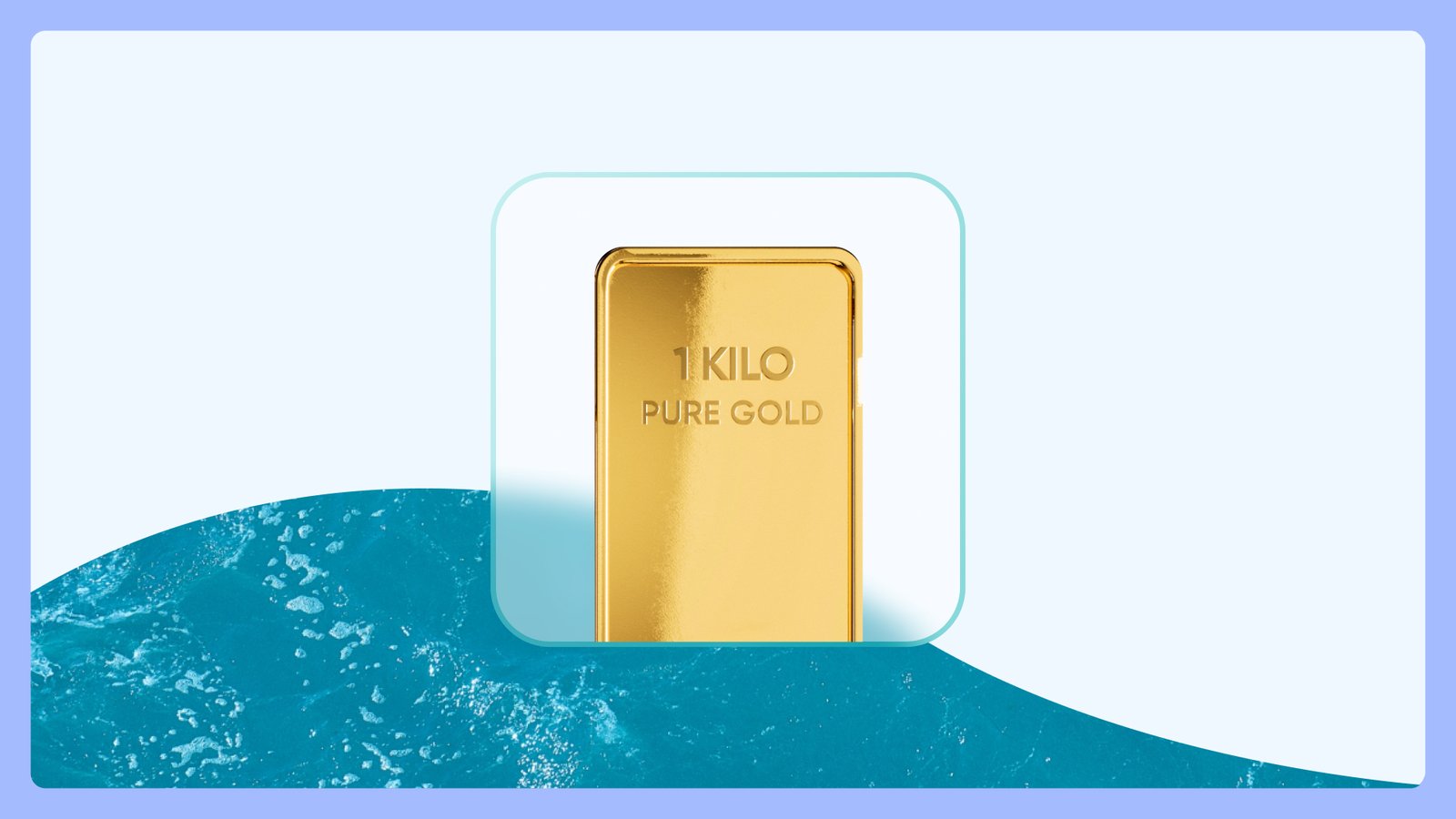
Physical gold offers strong liquidity due to its global demand, making it a trusted and valuable asset for investors seeking stability.
With daily trading volumes reaching $163 billion, the size of the gold market ensures it remains a highly accessible and liquid investment, even during times of economic uncertainty.
Gold is a trusted debt repayment tool, providing liquidity when other assets may be difficult to liquidate in volatile markets.
Gold exchange-traded funds (ETFs) enhance liquidity by allowing investors to buy and sell gold quickly without owning the physical metal.
Liquidity of physical gold
The gold market is one of the largest and most active in the world, with an estimated $5.1 trillion in physical gold owned by investors and central banks. An additional $1 trillion in gold derivatives are traded in the over-the-counter (OTC) market and exchanges (Accessed 3 April 2025: Gold Market Primer: Market size and structure).
In 2023, about $163 billion worth of gold was traded each day, with $99 billion from OTC contracts and $62 billion from gold futures. Gold exchange-traded funds (ETFs) also contributed $2 billion per day in trading volume (Accessed 3 April 2025: Gold's key attributes - 3. Liquidity).
Physical gold is considered a highly liquid asset, though it may not be as quick to sell as gold derivatives or ETFs. However, physical gold can be quickly bought and sold on digital gold apps, which allow individuals to manage their gold investments easily.
Despite this, the liquidity of gold remains strong because it can be readily converted into cash. This is especially valuable when other assets, such as stocks or bonds, become difficult to liquidate or experience a loss in value during economic uncertainty.
Gold’s liquidity is one of the key reasons for its enduring appeal, especially for large institutional investors. Unlike many other markets, gold remains easy to buy and sell even during tough financial times, allowing investors to use gold as a valuable debt repayment tool when other assets may not be as easily liquidated.
Gold as a debt repayment tool
One of the advantages of physical gold is its ability to act as a debt repayment tool. When financial markets face volatility, other assets may be difficult to sell, but gold provides a stable and accessible option for liquidity.
Investors who hold physical gold can quickly sell or use it to pay down debt in times of need. This makes gold a trusted asset for financial stability during uncertain periods.
Gold is not only used by individuals but also by central banks and key organisations. Central banks hold gold as a safeguard to help ensure their economies remain stable and resilient during financial downturns.
Gold ETFs and their role in liquidity
In addition to physical gold, gold exchange-traded funds (ETFs) have further enhanced the liquidity of gold. Gold ETFs allow investors to gain exposure to gold without needing to own the physical metal.
ETFs trade in the stock market and provide high liquidity, allowing investors to buy and sell gold shares easily. Unlike physical gold, gold ETFs can be bought and sold in minutes, making them a flexible and highly liquid option for those looking to invest in gold.
The gold market size and its impact on liquidity
The gold market size contributes significantly to its liquidity. The vast size of the gold market ensures that both physical gold and its financial derivatives, like ETFs, can be traded in large quantities without causing major price changes. With $163 billion worth of gold traded daily, this liquidity makes gold an attractive asset for both individual and institutional investors.
In addition, the growing role of gold in emerging industries and its use in green energy further bolsters the liquidity of gold. As demand for gold continues to rise, its role in the global market will only expand.




